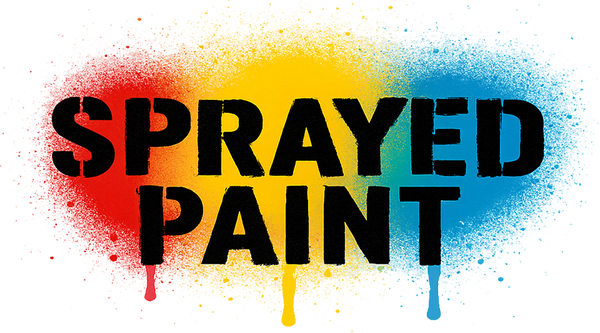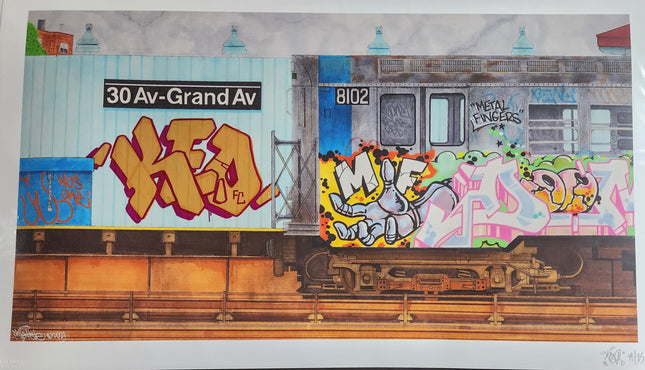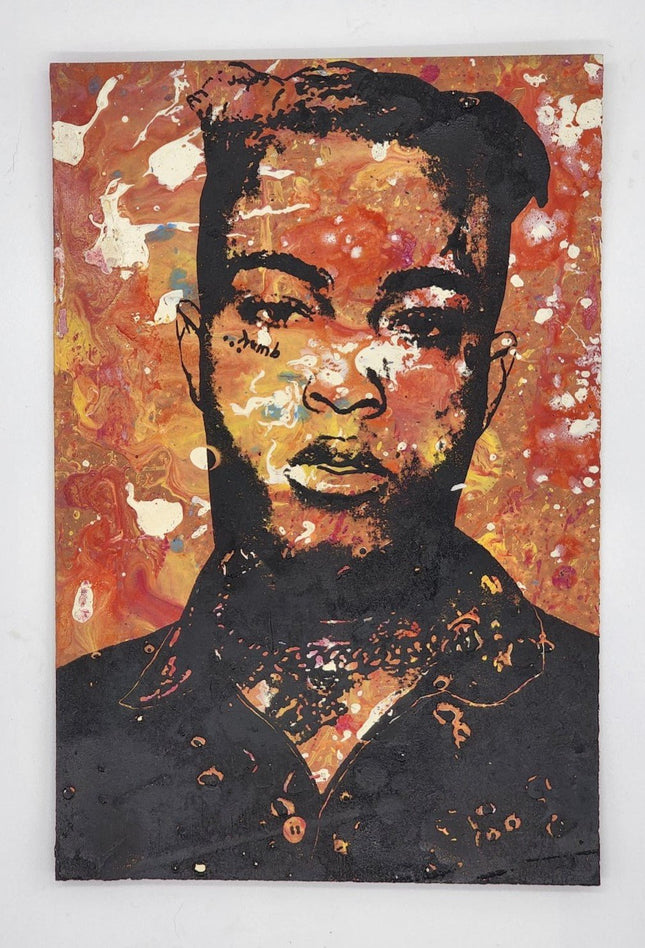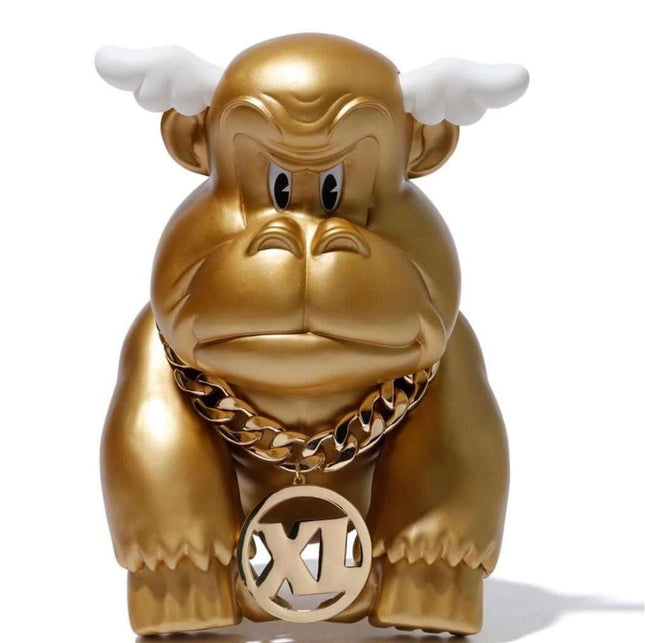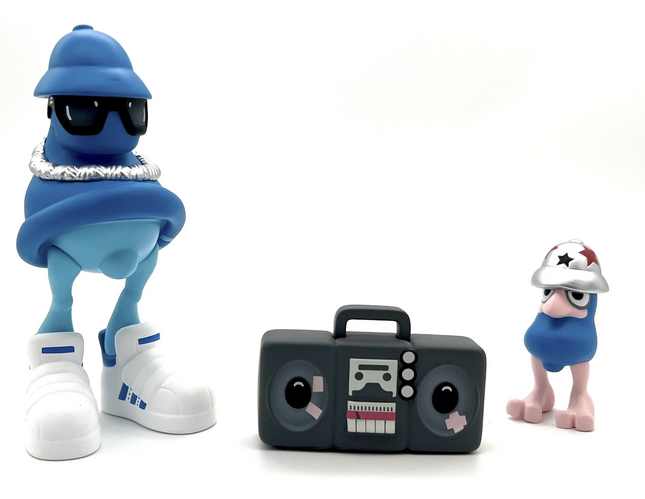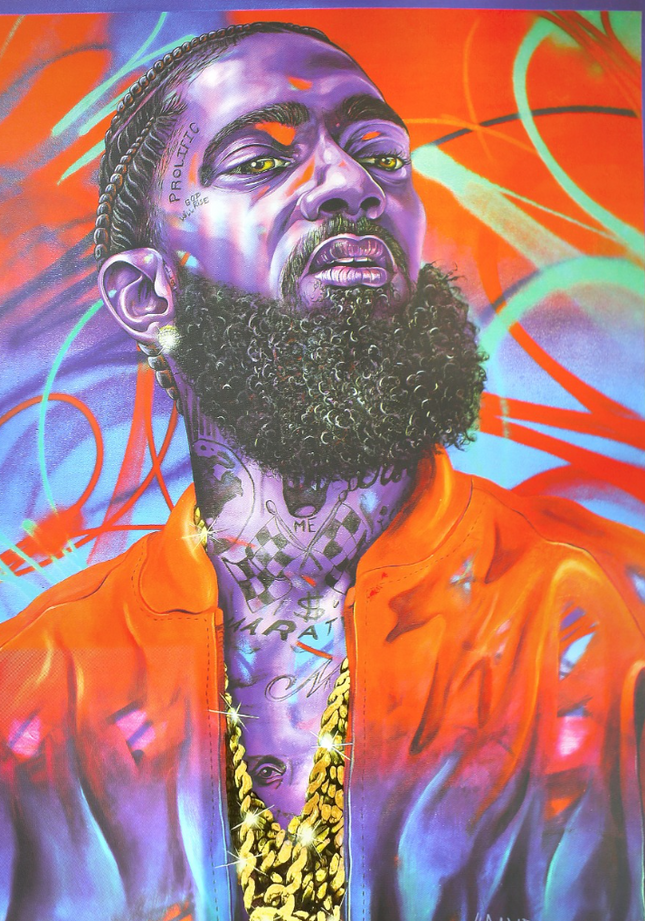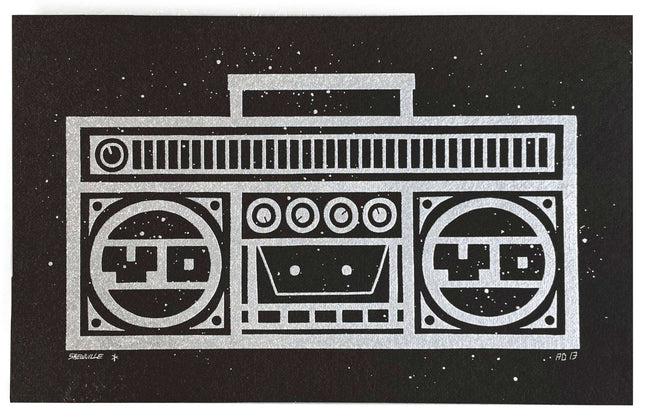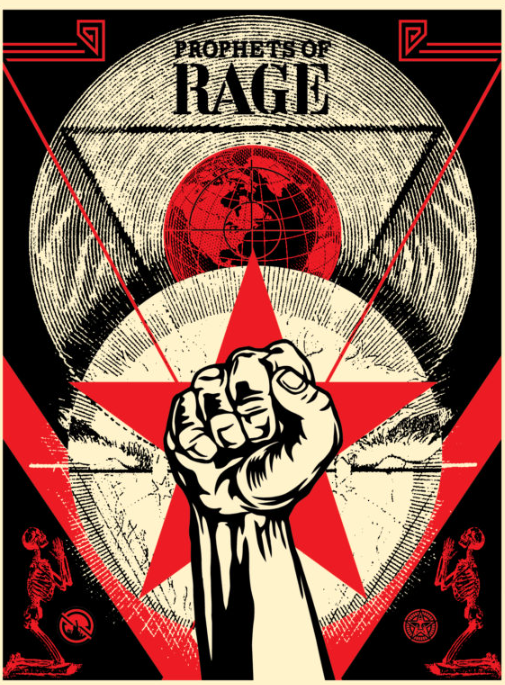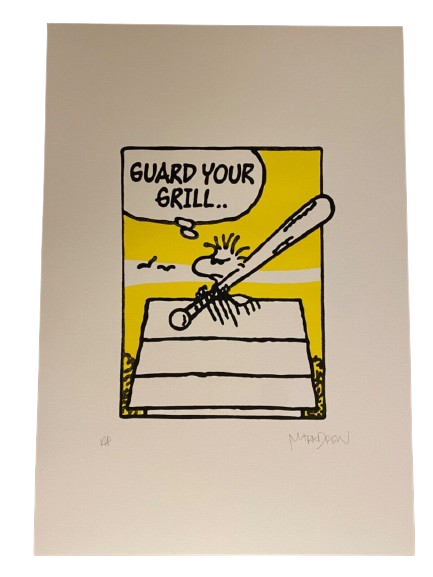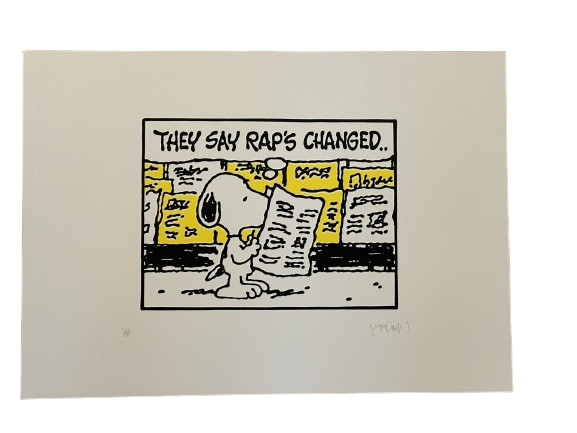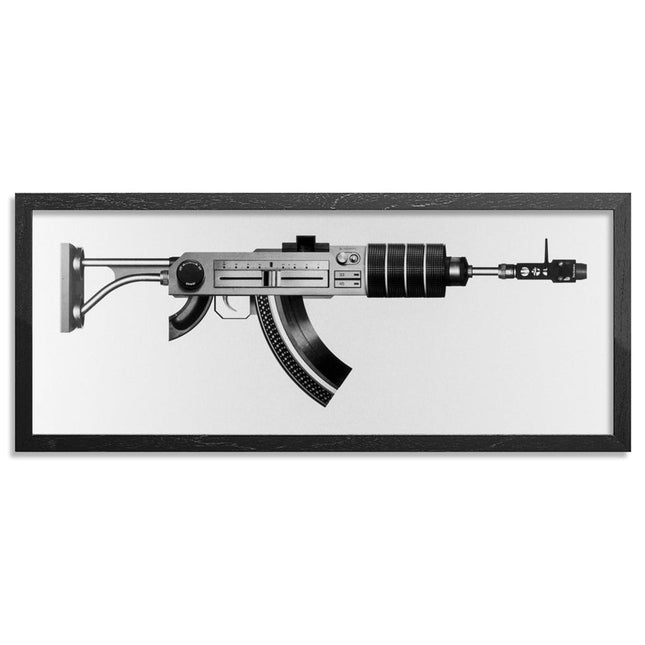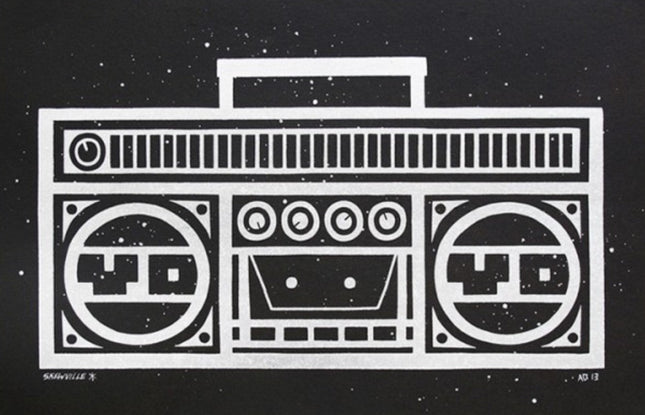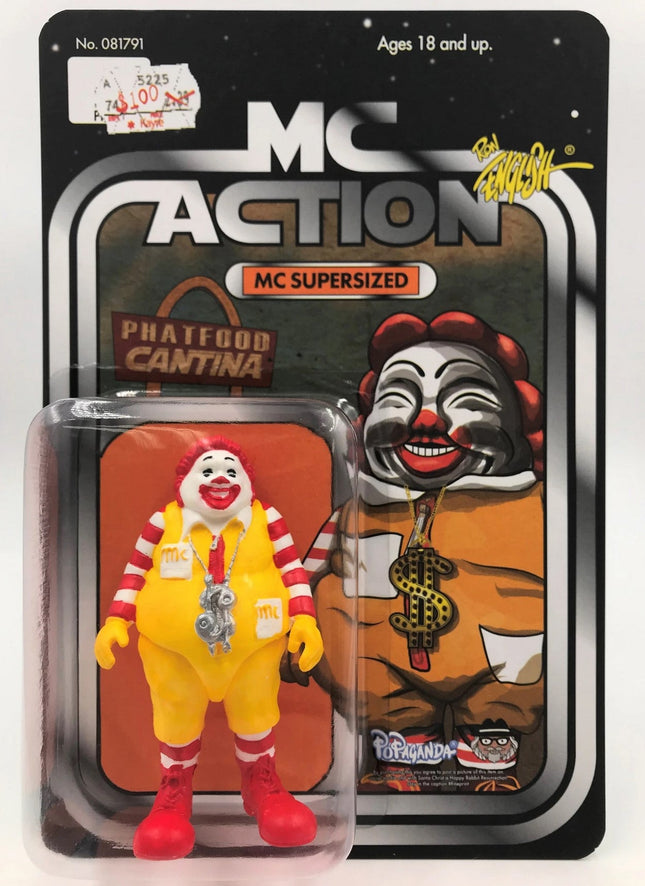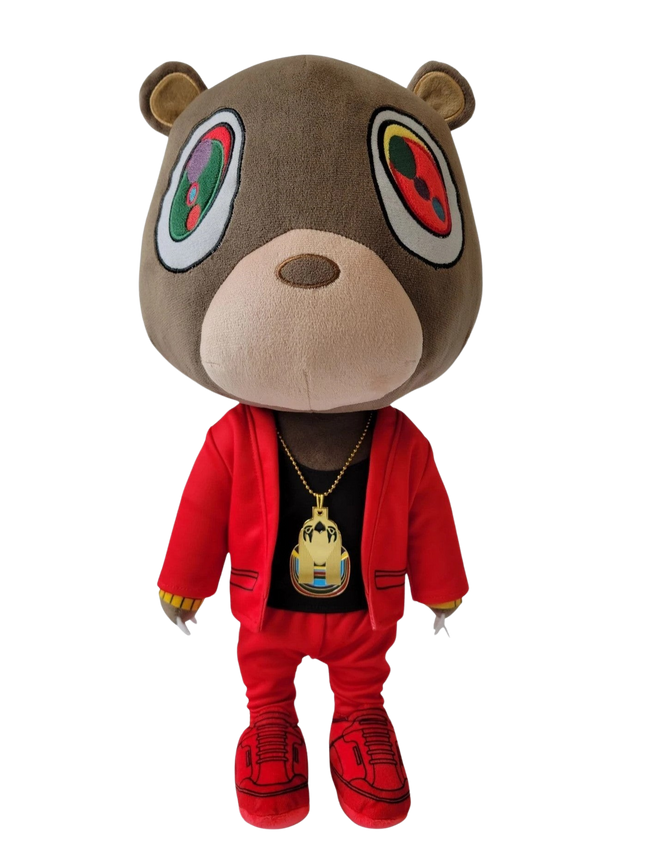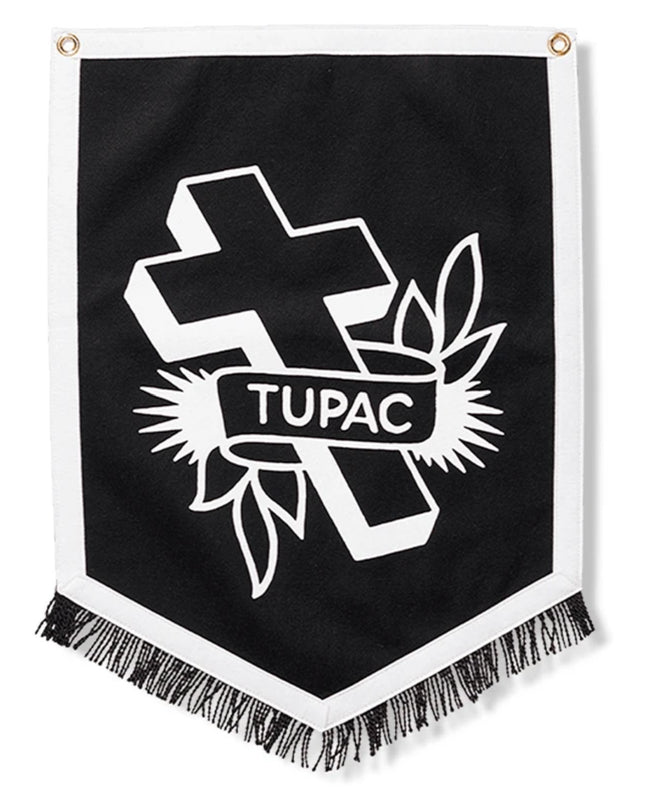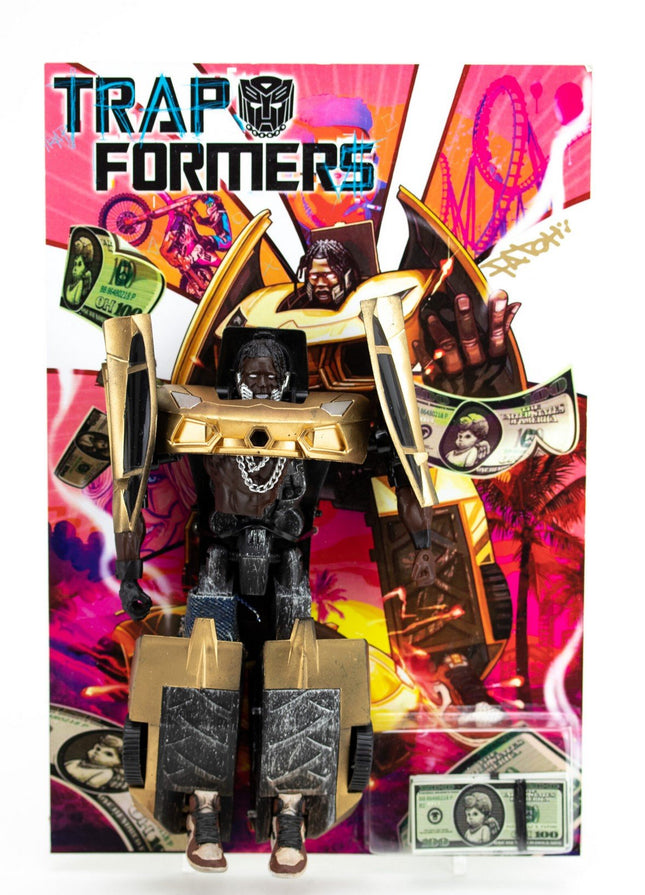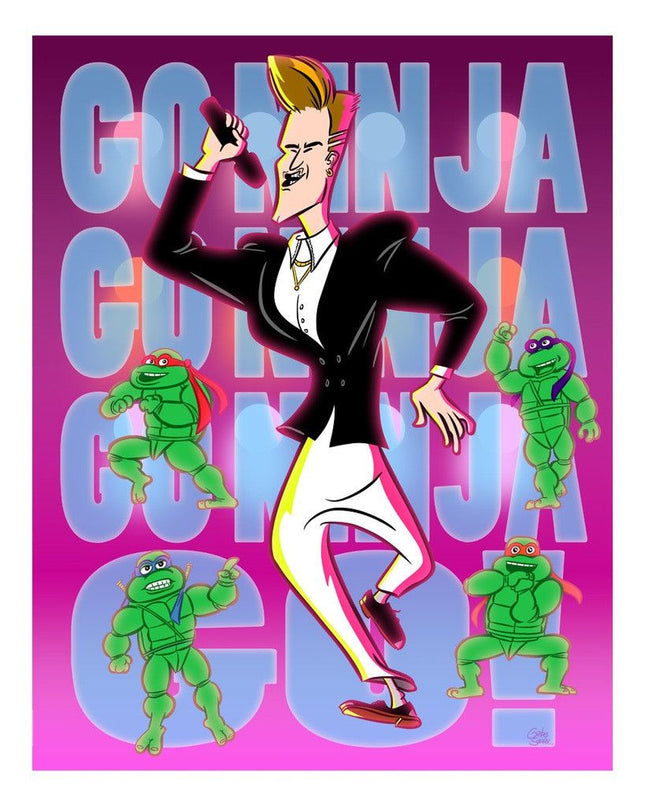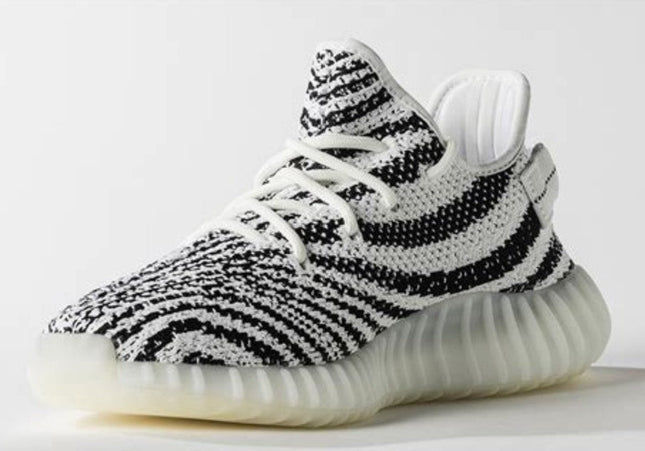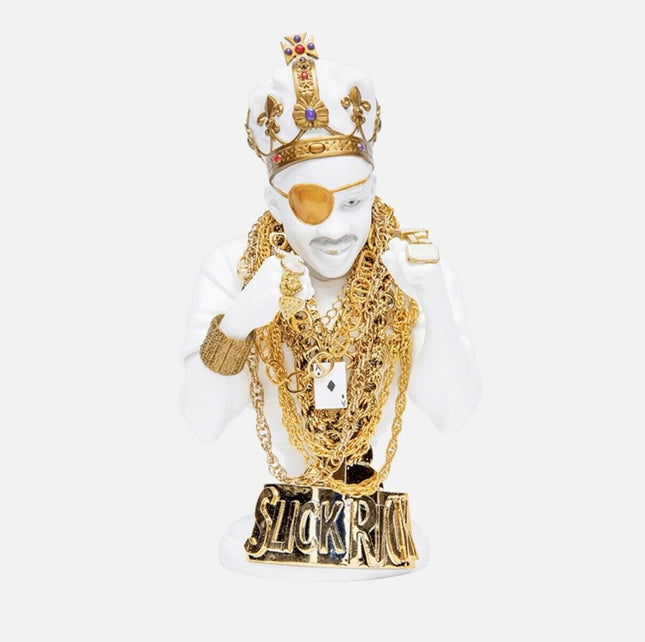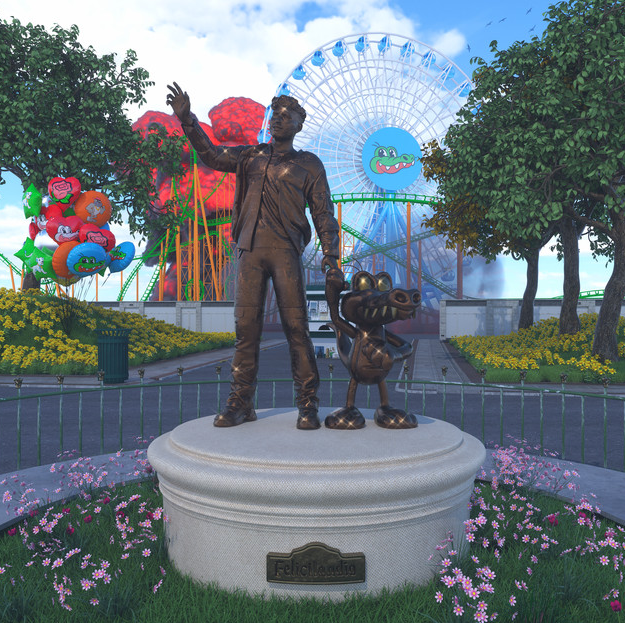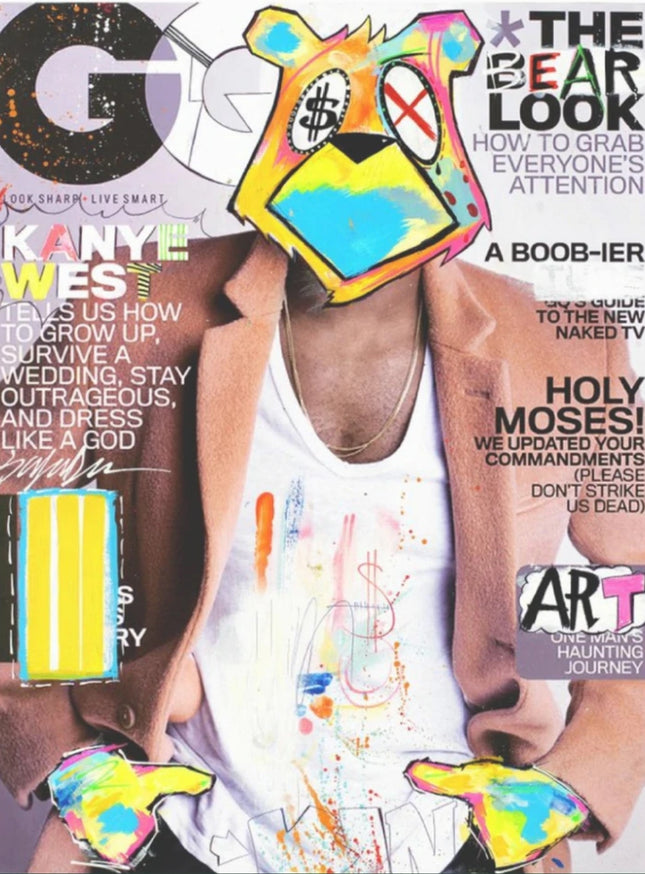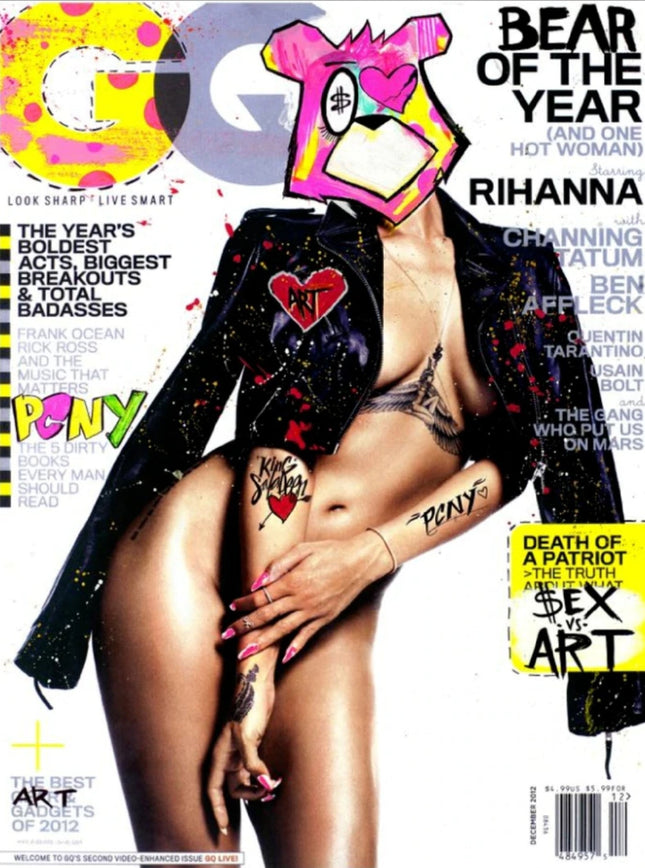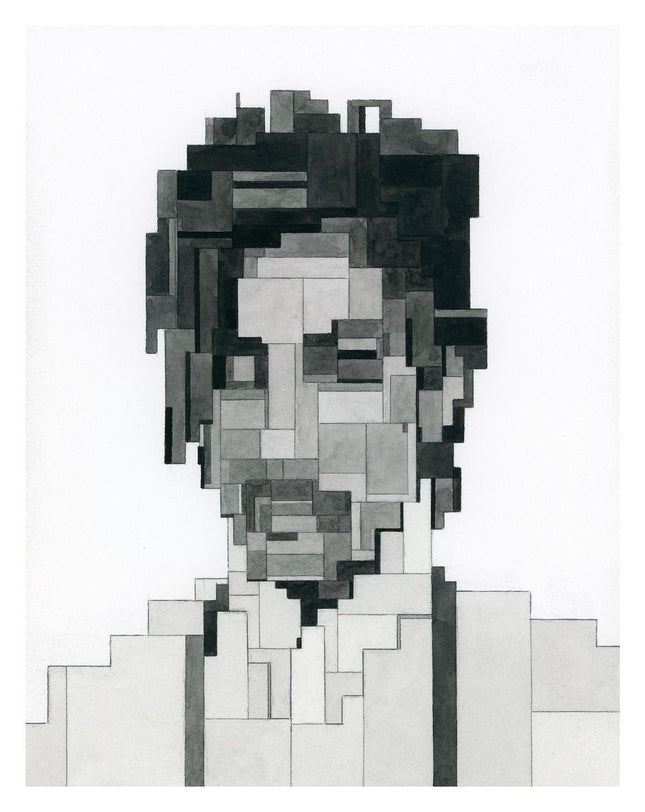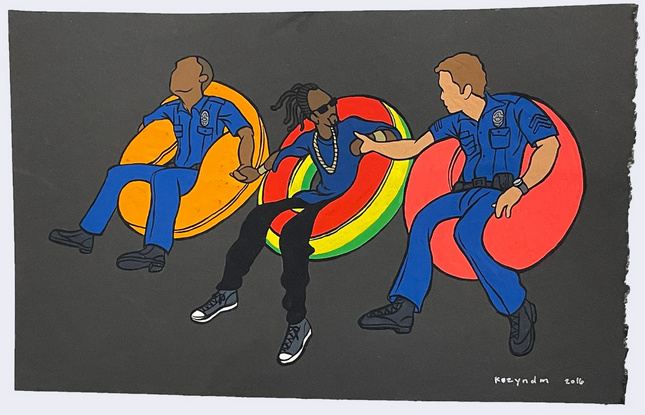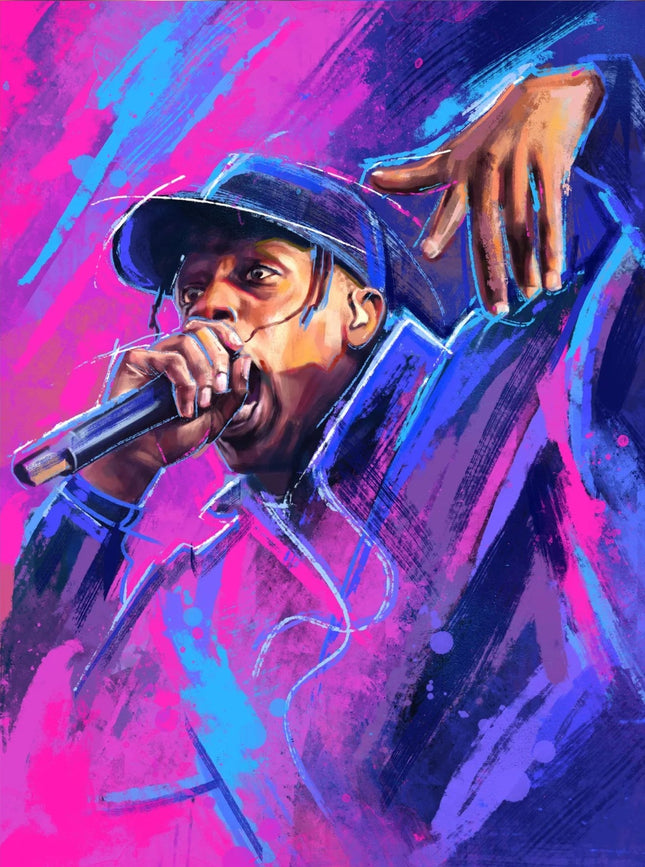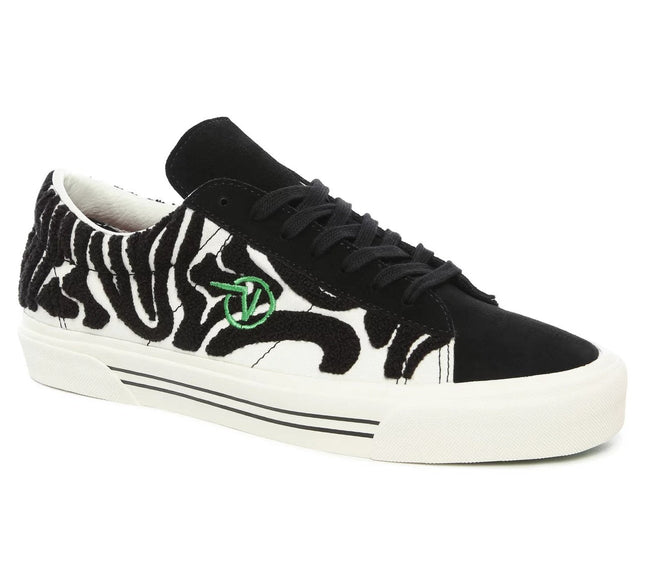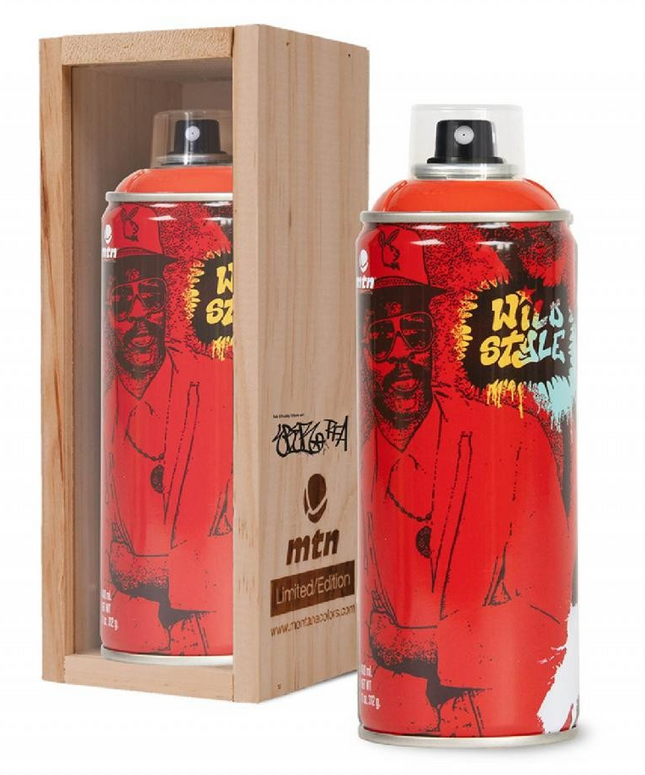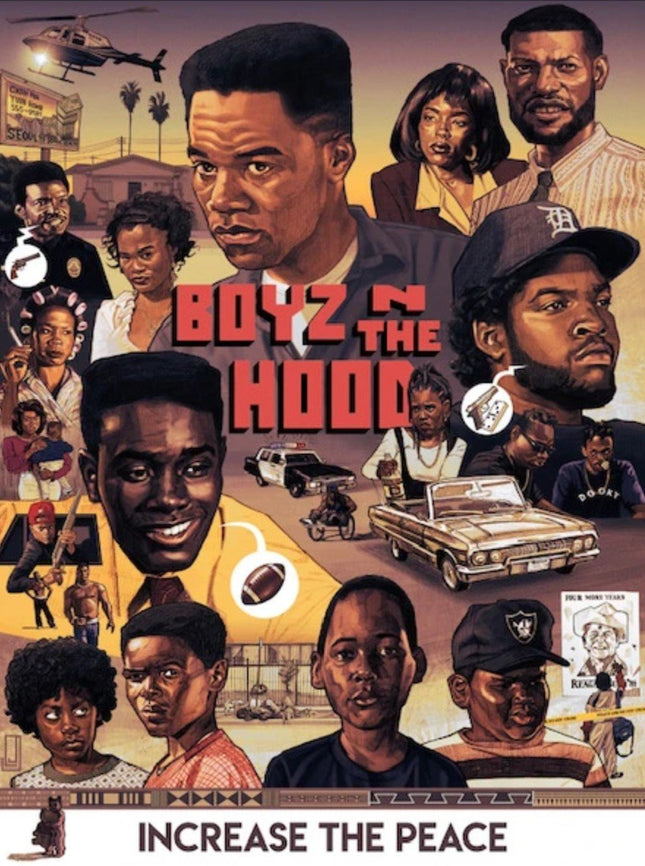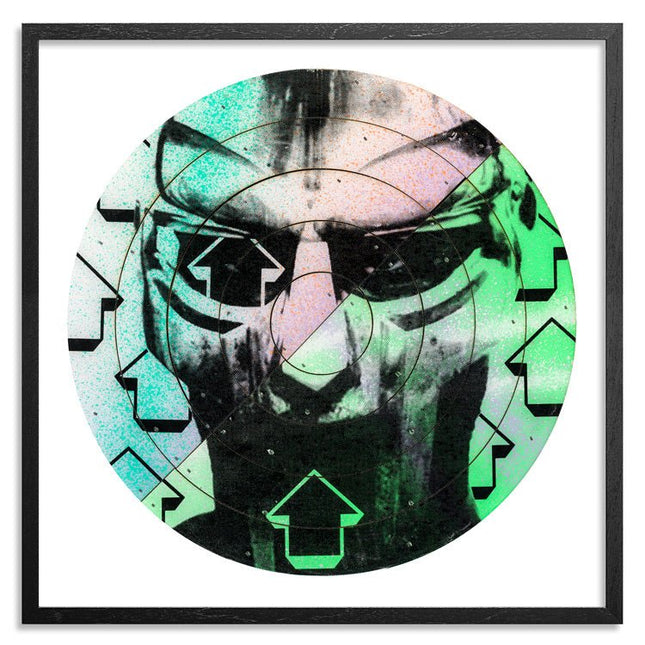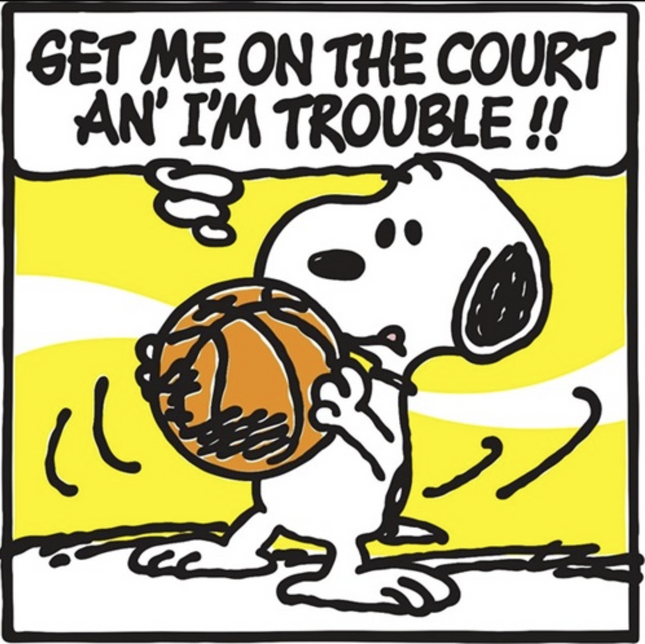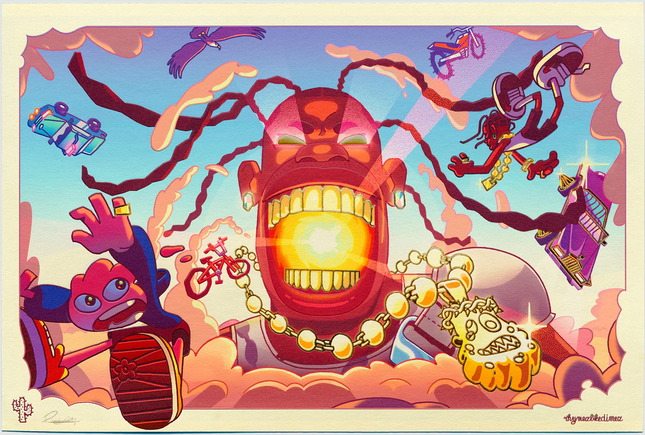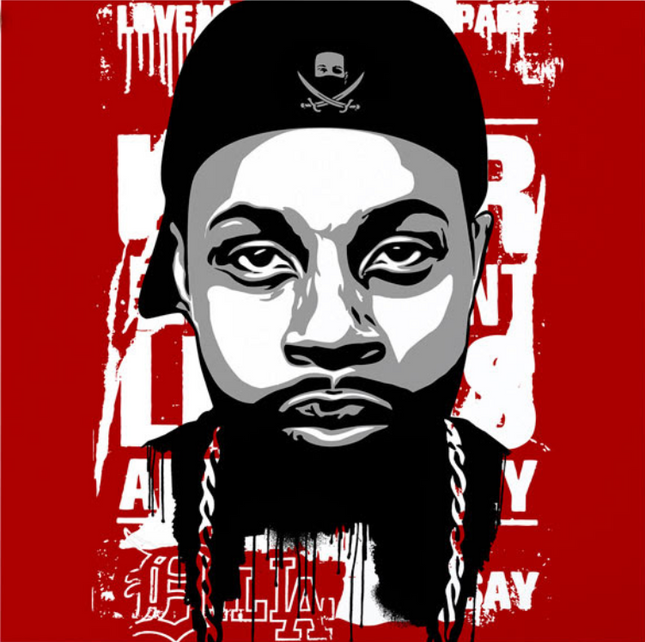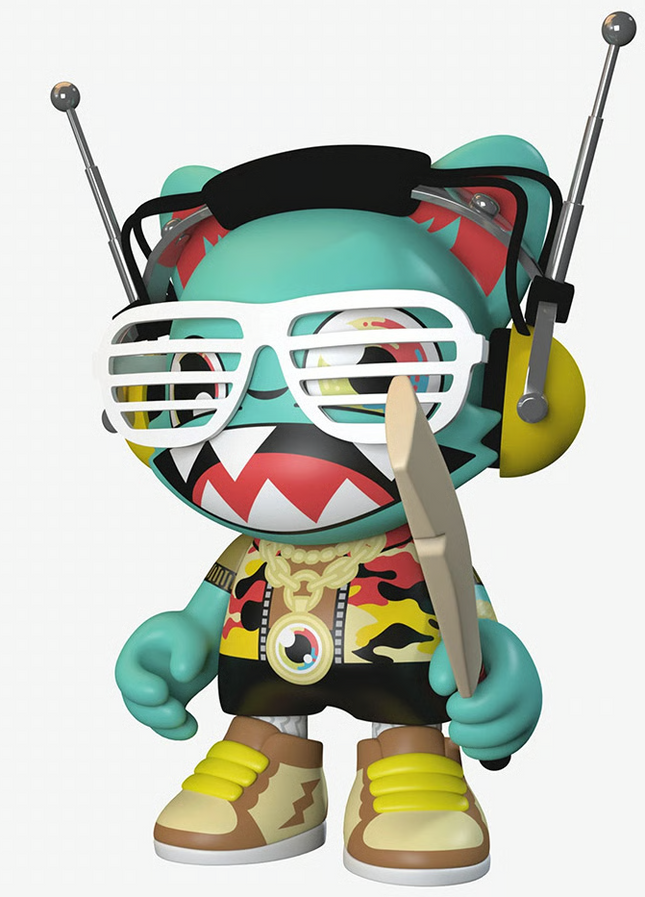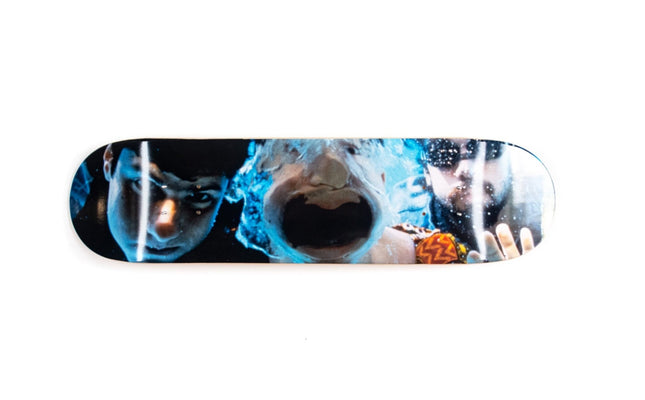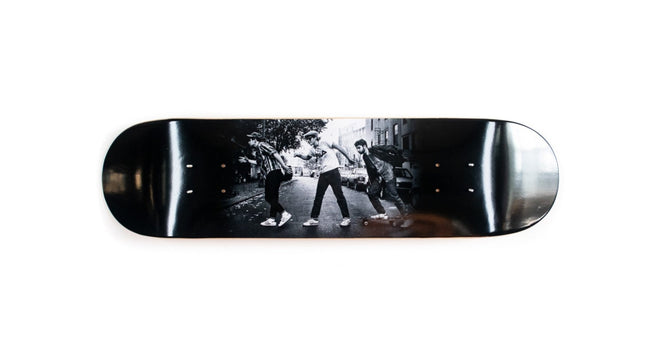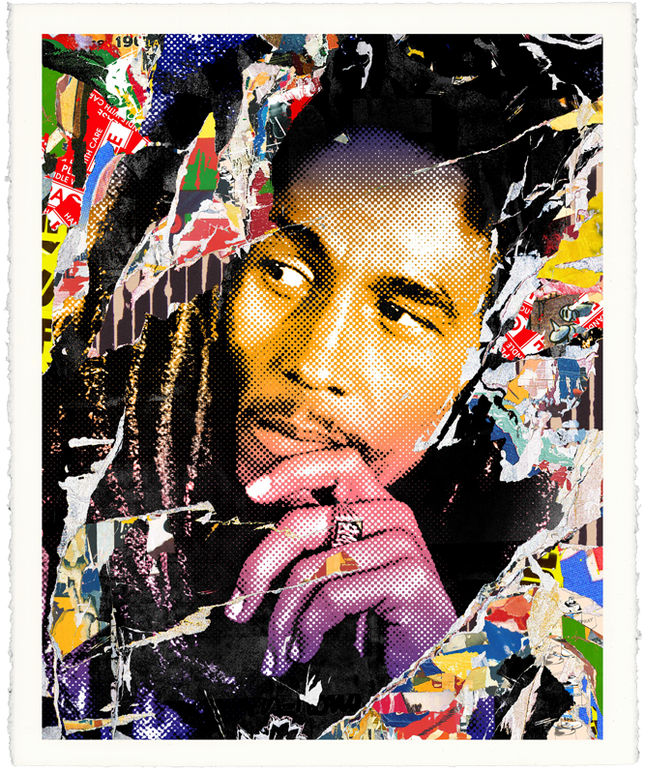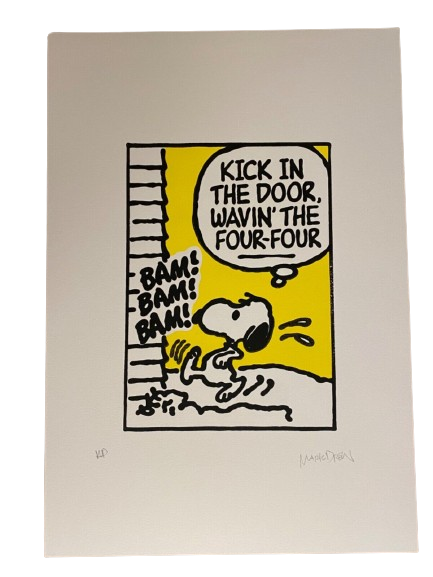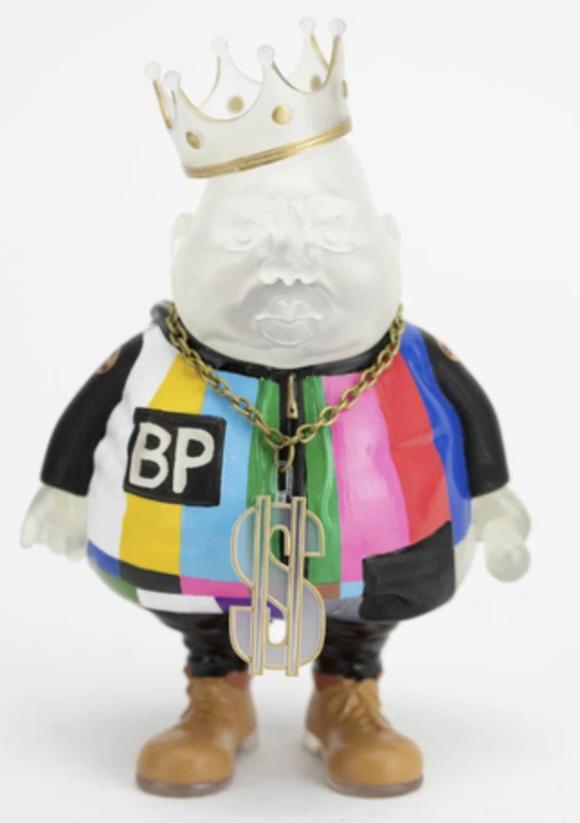
The streets have long been a canvas for expression, a realm where the voices of the marginalized find visual form. Rap and hip hop, emerging from the bustling corners of urban America, have carved an indelible mark not only through sound but also through visual art. Graffiti, with its vibrant tags and elaborate murals, became a visual synonym for hip-hop culture. It is this culture that has etched its narrative into the walls of cities worldwide, echoing the beats and rhymes of a genre that speaks to the core of societal experiences and struggles. Hip hop's essence, originating in the 1970s, was a powerful concoction of rhythmic beats, spoken word, and an indomitable spirit that challenged the status quo. As this culture flourished, it birthed a visual language mirrored its bold and aggressive music. Artists such as Fab 5 Freddy and Lee Quiñones transported the lyrical flow from the mic to the wall, using graffiti to encapsulate the brashness and social commentary inherent in hip-hop. Pop art, with its penchant for merging high and low cultural imagery, found a kindred spirit in hip-hop's raw and uncensored portrayal of urban life.
The visual stylings of hip hop, encompassing graffiti and street art, have transcended their initial underground standings to influence mainstream pop art. Renowned artists like Jean-Michel Basquiat and Keith Haring, with roots in street art, transitioned to gallery spaces, bringing the unapologetic and stark narratives of hip hop. Their works, characterized by an unabashedly bold aesthetic, narratives of resistance, and sociopolitical commentary, became the bridge between street culture and the polished art world. This fusion, indicative of hip hop's influence, showcased the power of street-inspired artistry to convey complex messages and resonate with a diverse audience. Modern pop artists continue to draw inspiration from hip-hop's vast palette of expressions. Shepard Fairey's work, for example, is replete with the ethos of hip hop culture, utilizing the language of the streets to engage in broader political and social discourse. His iconic "Obey" campaign and presidential portraits testify to hip-hop's influence on his approach to art. Such artwork does not merely reflect hip-hop culture; it actively participates in the ongoing dialogue around issues central to the genre, such as identity, power, and justice.
The digital age's expansiveness has also marked the evolution of hip-hop's visual representation. Street art and graffiti are no longer confined to urban walls but have found a new home in the digital world, where their reach and impact are amplified. Artists and collectives use social media to display their hip-hop-influenced works, making them accessible globally and instantaneously. This digital proliferation has facilitated a unique intersection of hip-hop and contemporary pop art, where traditional techniques of spray paint and stencil meet the innovative realms of digital art and NFTs, further demonstrating hip-hop's versatile influence. In essence, the narrative of rap and hip hop is a continuing saga of cultural transformation, where its influence on visual art forms remains a compelling testament to its power. Graffiti, once dismissed as mere vandalism, now adorns the corridors of fine art, and pop art continually evolves through the aesthetics and themes of hip-hop culture. This synergy speaks volumes about the enduring impact of hip-hop, affirming its role as a cultural catalyst and a voice for those who wish to paint their truths onto the canvas of the world.
